Which type should you learn? Or do you have to learn both?
If you are just starting to learn Chinese, in this post our guest author Diane Wong breaks down the difference and answers the most common questions.
1. What’s the Difference Between Fántǐzì (繁体字) and Jiǎntǐzì (简体字)?
Traditional and simplified characters are related to writing systems with different histories and users. It is important for anyone studying Chinese to understand the key differences between these two types of Chinese characters.
繁体字 (Fántǐzì), or Traditional Chinese Characters
Traditional characters are the standardized form of Chinese writing that were used for hundreds of years. The concept of a unified script first began during the Qin Dynasty. This script has remained more or less unchanged since the 5th century AD.
Each traditional character has a certain meaning packed into it. Parts of a character known as the radical denote certain themes like fire, water or grass; they give clues about the meaning of the character. Characters with similar sounds also tend to share visual similarities. Characters with the same endings or beginnings, for example, might share certain aspects in common.
Because each traditional character contains so much meaning, these are often very elaborate. Traditional characters often require dozens of strokes to write, making learning and writing characters very time-consuming.
Traditional characters are often called fantizi (“complex characters”). Less commonly, they can be called zhengtizi (“standard characters”) or quantize (“full-bodied characters”).
简体字 (Jiǎntǐzì), or Simplified Chinese Characters
At the beginning of the 20th century, reformers began to argue that Chinese characters were cumbersome, difficult to learn, and obstructed China’s path to modernization. Some reformers even argued that China should abandon a character-based writing system altogether.
In 1956 mainland China began a round of character reforms. These reforms were intended to simplify Chinese characters to make them easier to learn and increase literacy.
Many characters had the number of necessary strokes drastically reduced. In some cases, the simplified characters were still similar to their corresponding traditional characters. In other cases, they were changed beyond recognition.
In 1964 the government introduced another round of simplifications. In 1977, even more, characters were simplified, but in the mid-1980s the government reverted to the 1964 set of simplified characters.
Many traditional characters were left unchanged. Also, note that the simplification process did not change the pronunciation of any characters.
Simplified characters are usually referred to as jiantizi in Chinese.
2. Which Type of Characters Should Foreigners Study?
Foreigners studying Chinese will need to make a decision about what set of characters to learn. Simplified characters are used in mainland China, Singapore, and Malaysia. Those wishing to travel or work with these places should learn simplified characters. Most Chinese speakers in the world use simplified characters.
Hong Kong, Macau, and Taiwan under the Republic of China and many overseas Chinese communities all use traditional Chinese script. Pre-1950s historical texts, as well as writings in Korean and Vietnamese that use Chinese characters, are also written in traditional characters. Students that have interests in these places, or are mainly interested in historical documents, should learn traditional characters.
Once you’ve learned one set of characters, it isn’t delicate to learn the other. In numerous cases, simplification follows a clear pattern. This means that certain rules allow you to prognosticate how a character is simplified (or what its traditional form is), making it easier to learn a new system.
3. Are Traditional Characters the Same as Classical Chinese?
Traditional characters are not the same as Classical Chinese. Classical Chinese is the preserved written lingua franca of imperial China. It was used for thousands of years as a means of communicating between vastly different spoken dialects. It had a role similar to that of Latin in Medieval Europe.
In theory, Classical Chinese can be written in either traditional or simplified characters.
Traditional characters and simplified characters are related systems of writing, but each has unique differences. What one should study depends on one’s geographical interests and connections.

GUEST POST
by Diane Wong
Diane Wong is an experienced content writer on kingessays.com. She has a passion for storytelling and loves to share her experiences with others. Her passion for learning drives her to try something new every day and never settle for mediocrity.
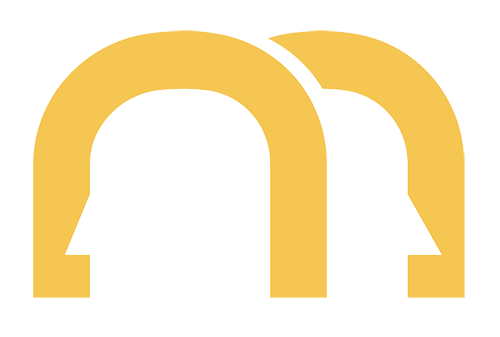

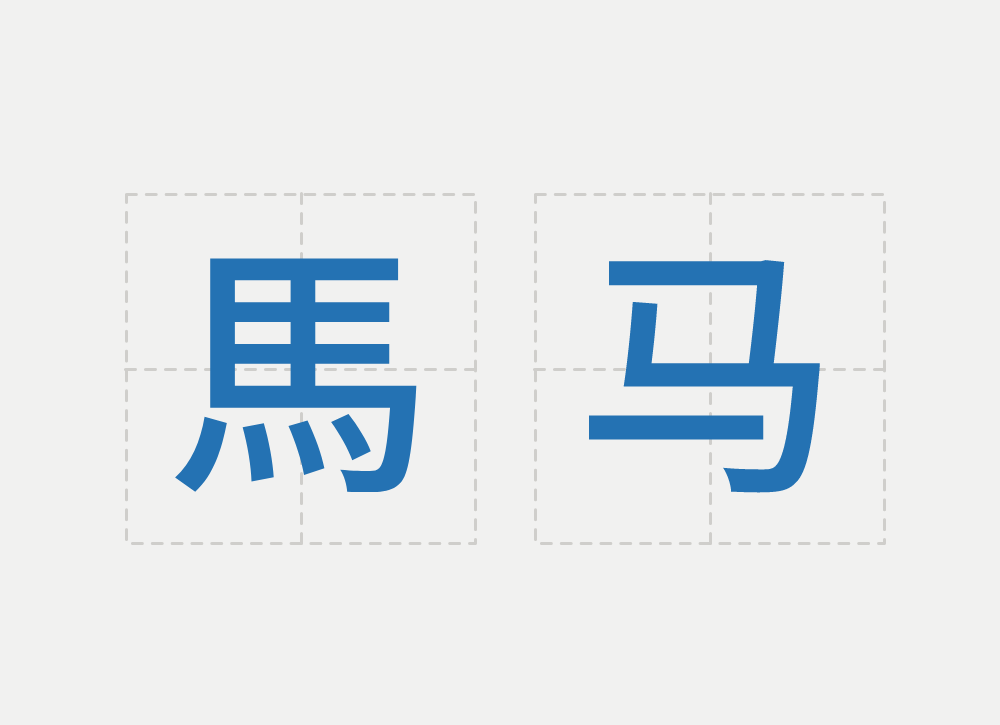
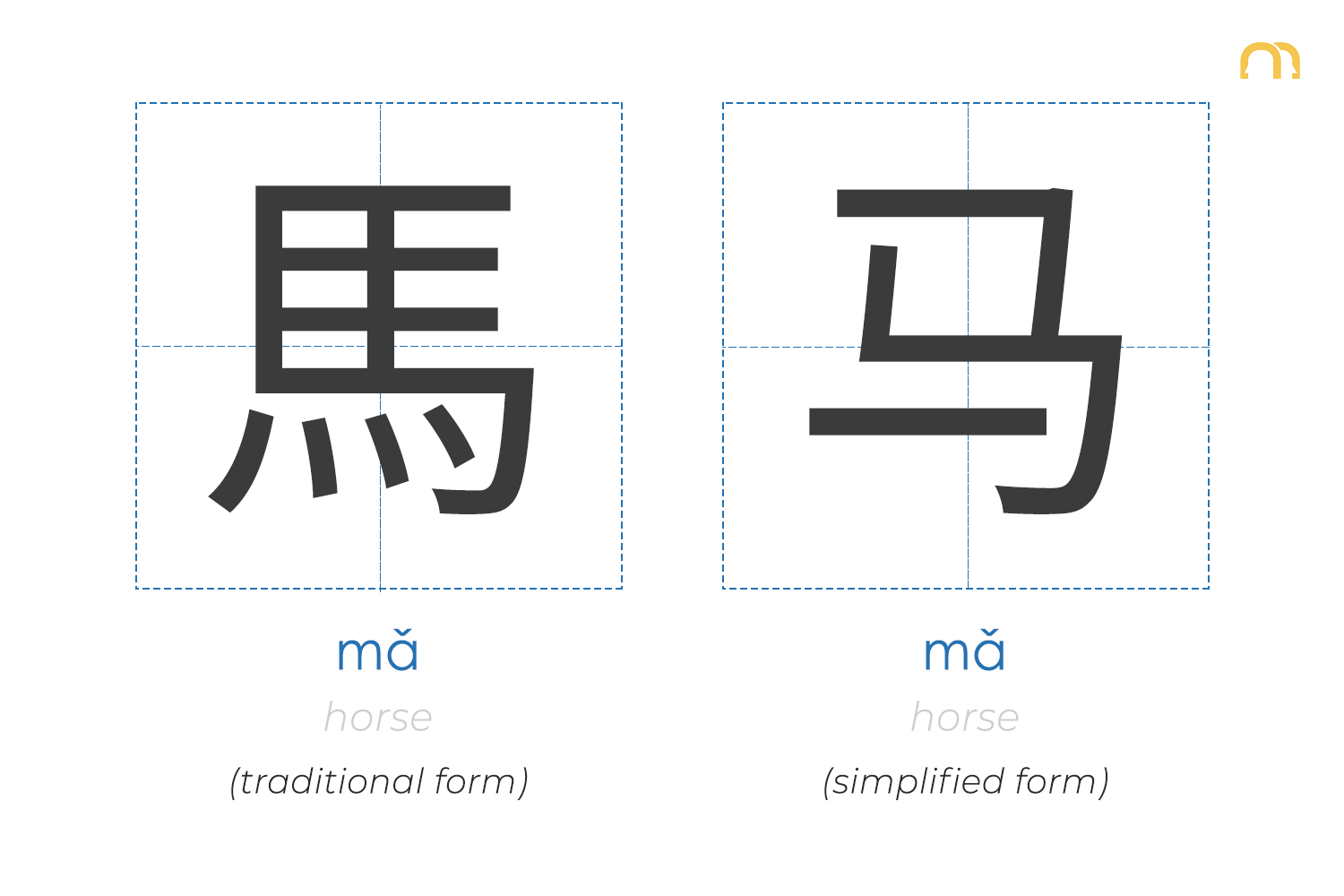
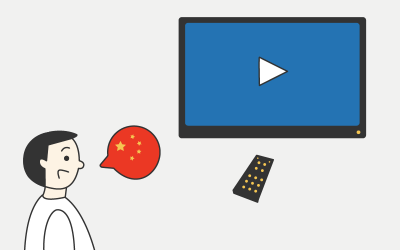
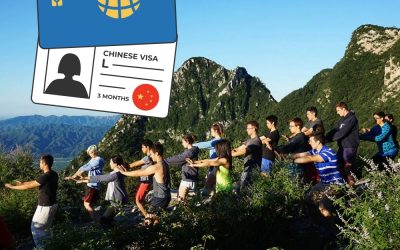

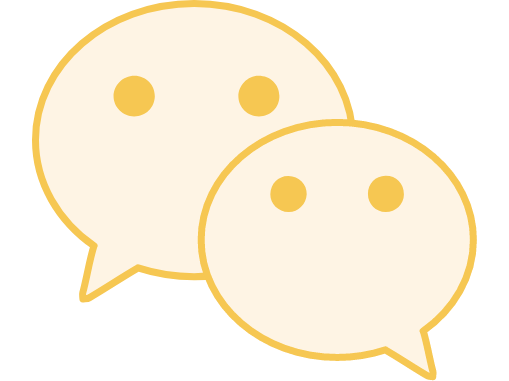

0 Comments